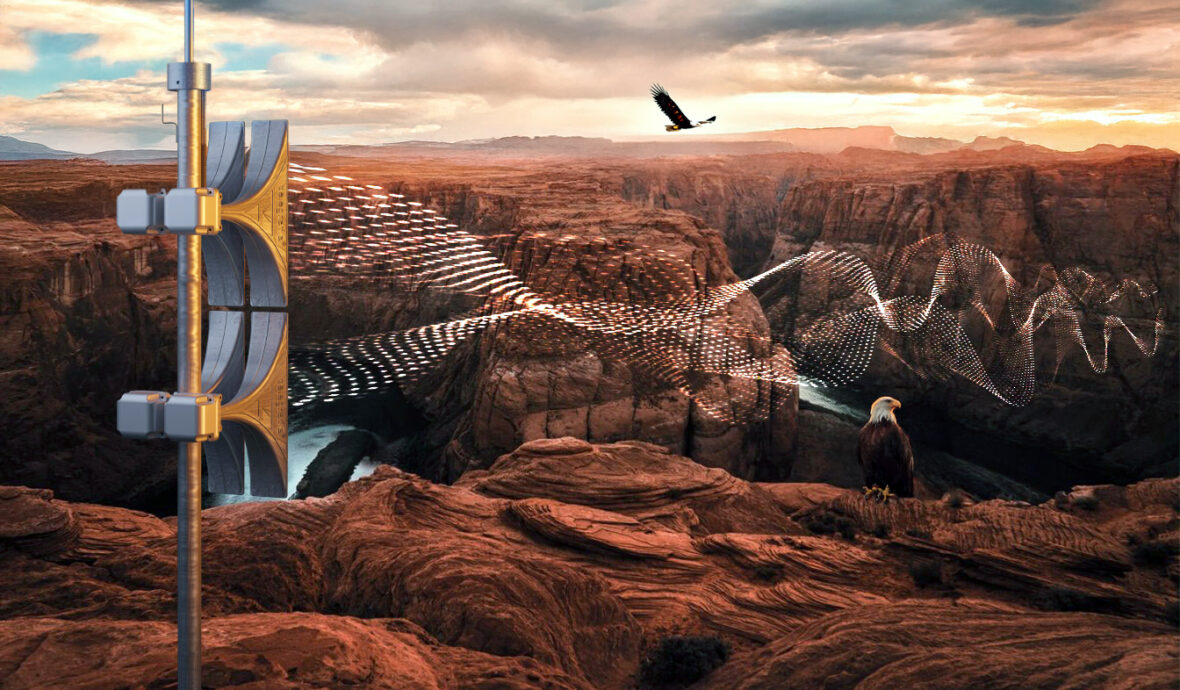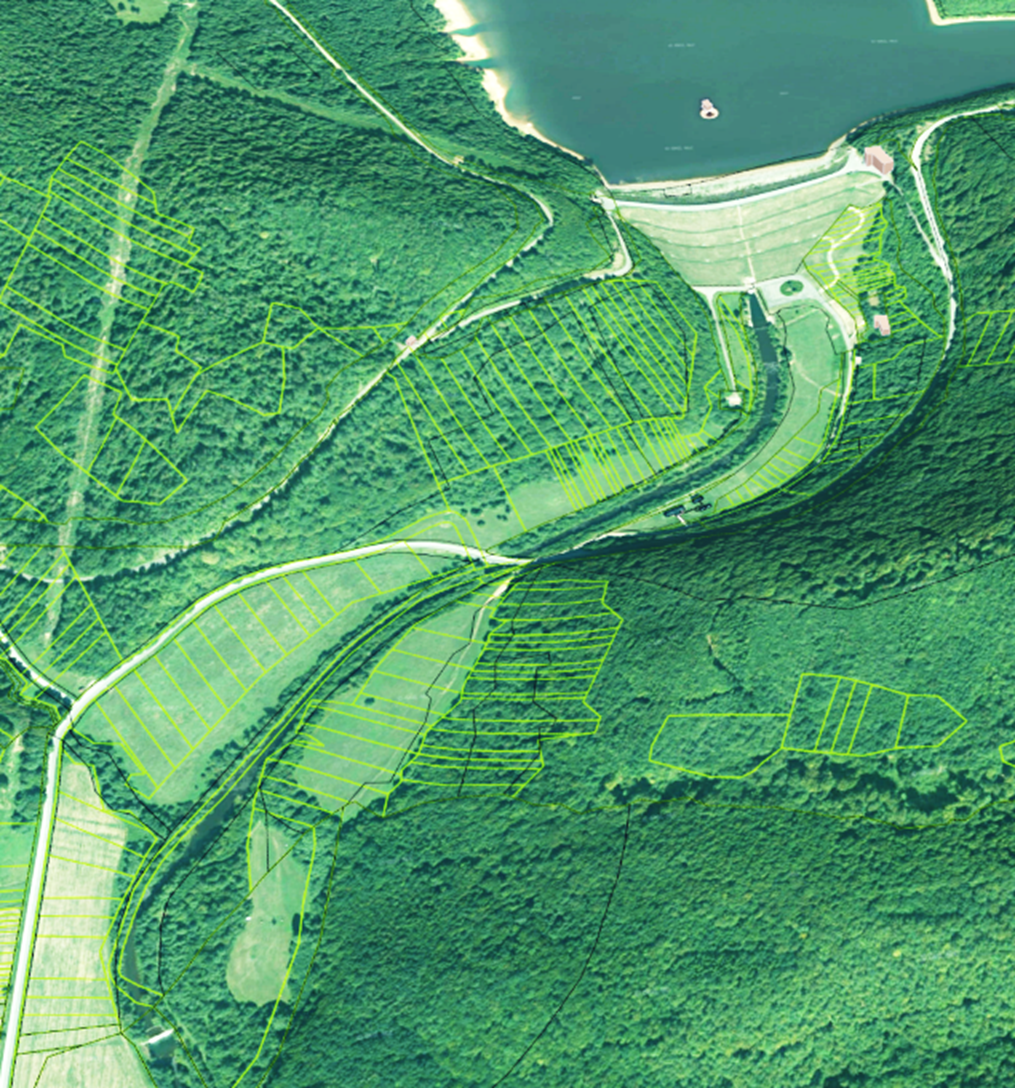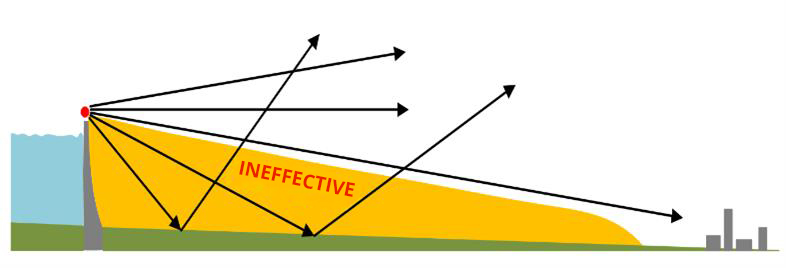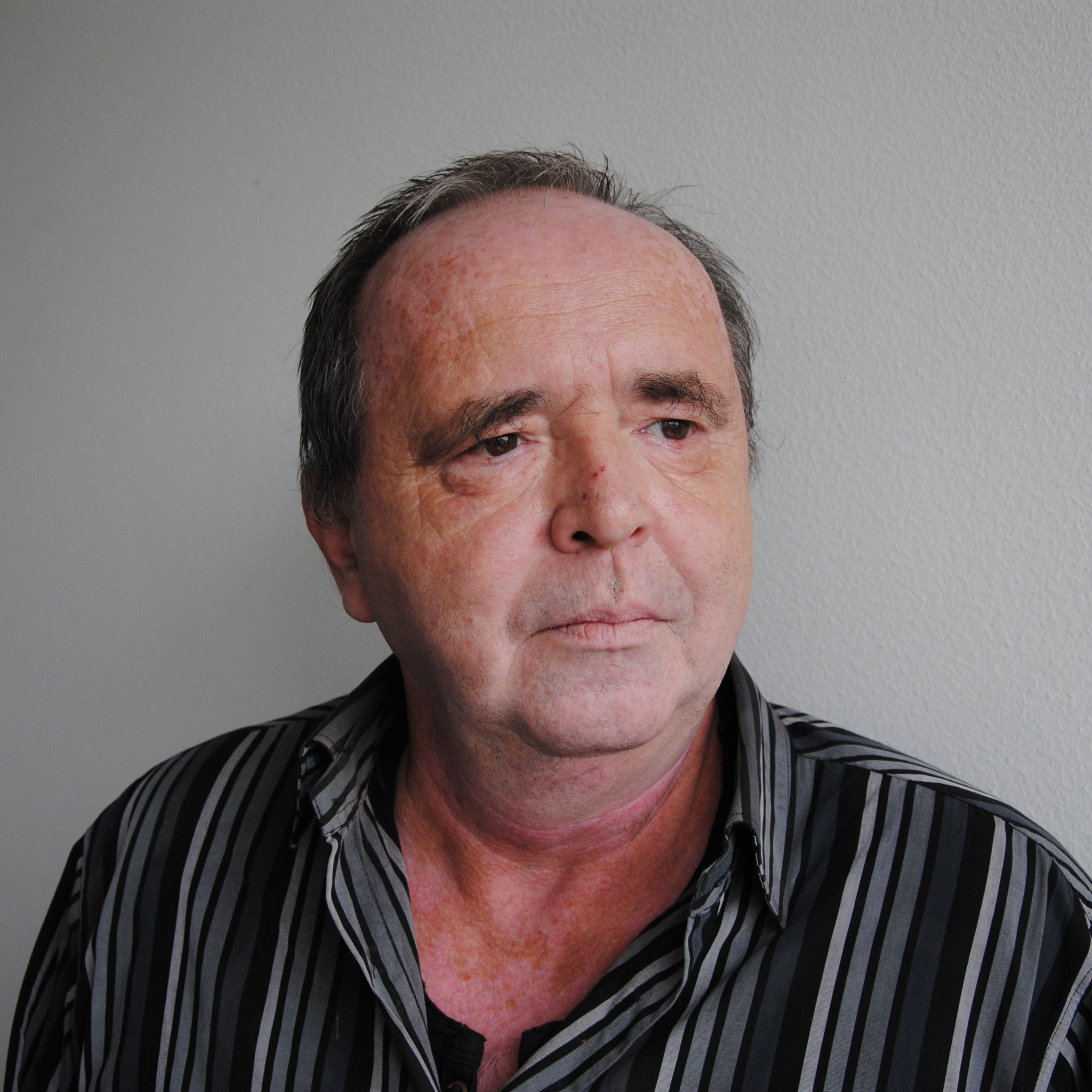
Sound Wave Propagation in a Valley (Part 3)
Listen to article:
The third and last parts of the article, dealing with sound wave propagation in a valley, will provide more exciting information and further enrich your knowledge. We recommend reading the previous parts of the article. Here they are Sound Wave Propagation in a Valley (Part 1) and Sound Wave Propagation in a Valley (Part 2).
Today, we will complete our information inventory and close the topic of sound wave propagation in a valley.
Third Approximation to the Problem’s Interpretation
Let us suppose that
- the valley is rocky,
- the valley creates bends and meanders, and
- the valley’s walls are sloped; that is, they do not form a right angle with the valley bottom but are inclined to some extent.
Under these conditions, meanders in a river valley will de facto lead to a combination of the above phenomena, i.e., reverberations, echoes, and the redirection of the sound wavefront initially heading downwards parallel to the valley’s slope into an open space, i.e. an undesirable area.
This leaves the designer forced to rely on only that fragment or part of the front of the advancing sound wave that can bridge the entire valley and has an adequate angle to hit the target area, as shown in Figure 15.
Imagine that the valley was not there, only the source of a warning signal at an adequate height and straight-line distance above the target area. This forces the designer to consider other factors that will not be described at this point, only listed, such as
- a wind speed vector (speed and direction) and
- a temperature altitude gradient.
These two factors significantly affect the conditions for reaching the target zone from a source on the dam wall.
The complex interplay of all these adverse factors may occur (following Murphy’s laws) together with the predictable absorption losses (given by the actual temperature and humidity), and a shadow zone will form over the target area. However, this is not the subject of this article.
Fourth and Final Approximation to the Problem’s Interpretation
Even in rare situations where the canyon effect is at work, vegetation on a valley’s slopes and bottom can decimate sound wave propagation. Again, although it is not the subject of this article, the unavoidable dissipation of sound energy on a forested surface leads to its absorption and multiple scatterings. Attenuation on a grassy surface is also quantifiable. Still, the complex propagation shapes of the (broken) sound wavefront make this aspect irrelevant, as illustrated in Figure 14, except for those close to the target zone when the wave propagates almost parallel to the surface (at the slight, so-called grazing angle).

Finally, here is some advice: When in the mountains, shout down to the nearest opposite slope. You will hear an echo, but it won’t be heard in the valley below.
Conclusion
A natural valley rarely produces a canyon effect, and the designer must rely on the part or fragment of the sound wavefront that propagates over the valley. The vertical radiation diagram of the acoustic set/assembly, weather and humidity conditions, temperature altitude gradient, and vegetation logically play a primary role in this context (Figure 15).

Conclusion after Conclusion
This is the end of our sonic odyssey through a dam valley. If you thought that sound is like a fairy travelling through a valley where mountains act as natural megaphones, you were probably surprised to discover that the reality is a little more complex. You might have found that while the valley may act as a perfect sound tunnel, various obstacles – from bends and meanders of a river to vegetation – can scatter the sound signal and reduce its effectiveness. As a result, designers cannot just take advantage of the beauty of nature but have to deal with several factors to ensure that the designed signal is audible and intelligible.
If you ever find yourself at the top of a valley and shout for everyone to hear you, you may need to work a little harder to ensure you hit the target and do not echo loudly across the valley.

The article was written by
Stanislav Gašpar
Stanislav worked in electronics design for a long time before transitioning to acoustics, bringing a nonconformist approach to addressing related topics. Recently, in the context of acoustics, he finds it stimulating to engage with AI, aiming to make it contradict itself and impose his own interpretation of the presented problem. Through years of experience in the technocratic industry, he has come to embrace two guiding principles: reality is orders of magnitude more complex than we interpret it, and the real fun begins when “something doesn’t work.” Additionally, he enjoys expressing his thoughts on poetry and music.
